When it comes to home loans, one of the most important decisions you’ll need to make is whether to opt for a fixed rate or a variable rate loan. Both options have their benefits and potential downsides, and the right choice depends on your financial situation, goals, and risk tolerance. Let’s break down the key differences, advantages, and considerations for each.
Fixed Rate Home Loans
What is a Fixed Rate Home Loan?
A fixed-rate home loan has an interest rate that remains unchanged for a set period, typically between 1 to 5 years. This means your repayments will stay the same during the fixed term, providing stability and predictability.
Advantages:
- Certainty in Repayments: With a fixed-rate loan, your monthly repayments remain consistent, which can make budgeting easier.
- Protection Against Rate Increases: If market interest rates rise, your fixed rate won’t be affected, potentially saving you money over time.
- Peace of Mind: For those who prefer stability and want to avoid the stress of fluctuating interest rates, a fixed rate offers peace of mind.
Disadvantages:
- Limited Flexibility: Fixed-rate loans often come with restrictions, such as limits on extra repayments or redraw facilities.
- Break Costs: If you decide to exit the loan early or switch to another product, you may face significant break fees.
- No Benefit from Rate Cuts: If the Reserve Bank of Australia (RBA) lowers interest rates, your fixed rate remains the same, meaning you won’t benefit from reduced repayments.
- No offset – Except for few lenders many lenders do not offer offset account on fixed rate loans.
When to Consider a Fixed Rate:
- You have a strict budget and want to know exactly what your repayments will be.
- You’re concerned about potential interest rate increases in the near future.
- You prefer the security of consistent repayments over the flexibility of variable rates.
Variable Rate Home Loans
What is a Variable Rate Home Loan?
A variable rate home loan has an interest rate that can change over time, depending on movements in the official cash rate set by the RBA and other factors. As the interest rate fluctuates, your monthly repayments can increase or decrease.
Advantages:
- Flexibility: Variable loans often allow for extra repayments, redraw facilities, and the ability to switch products without significant penalties.
- Potential for Lower Costs: If interest rates fall, your repayments may decrease, potentially saving you money.
- Offset Accounts: Many variable loans come with an offset account, which can reduce the interest you pay over the life of the loan.
Disadvantages:
- Uncertainty in Repayments: With a variable rate, your repayments can change, making it harder to predict your future financial commitments.
- Exposure to Rate Increases: If interest rates rise, your repayments will increase, potentially straining your budget.
- Market Sensitivity: Variable rates can be influenced by broader economic conditions, which may lead to unexpected changes in your repayment amounts.
When to Consider a Variable Rate:
- You’re comfortable with some level of financial risk and can manage potential increases in repayments.
- You want the flexibility to make extra repayments, access redraw facilities, or potentially pay off your loan faster.
- You’re willing to take advantage of potential rate cuts and the benefits they offer.
Combination (Split Loan) Option
For those who can’t decide between fixed and variable rates, many lenders offer a split loan option. This allows you to divide your loan into two portions—one with a fixed rate and the other with a variable rate. This can offer a balance between the stability of a fixed rate and the flexibility of a variable rate.
Choosing the Right Option
Deciding between a fixed and variable rate home loan ultimately depends on your personal circumstances and financial goals. Consider the following questions:
- How stable is your income? If your income is steady and you prefer predictable expenses, a fixed rate may be more suitable.
- Are you planning to make extra repayments? If you’re keen on paying off your loan faster, a variable rate or split loan might be more appropriate.
- Do you expect interest rates to rise or fall? Your expectations about future interest rates can influence your decision.
Conclusion
Both fixed and variable rate home loans have their merits, and the right choice depends on your individual needs. If you value stability and predictability, a fixed rate might be the way to go. However, if you’re looking for flexibility and the potential to benefit from lower interest rates, a variable rate could be more advantageous.
Ultimately, consulting with a mortgage broker or financial advisor can help you navigate the complexities and make an informed decision that aligns with your financial goals.

